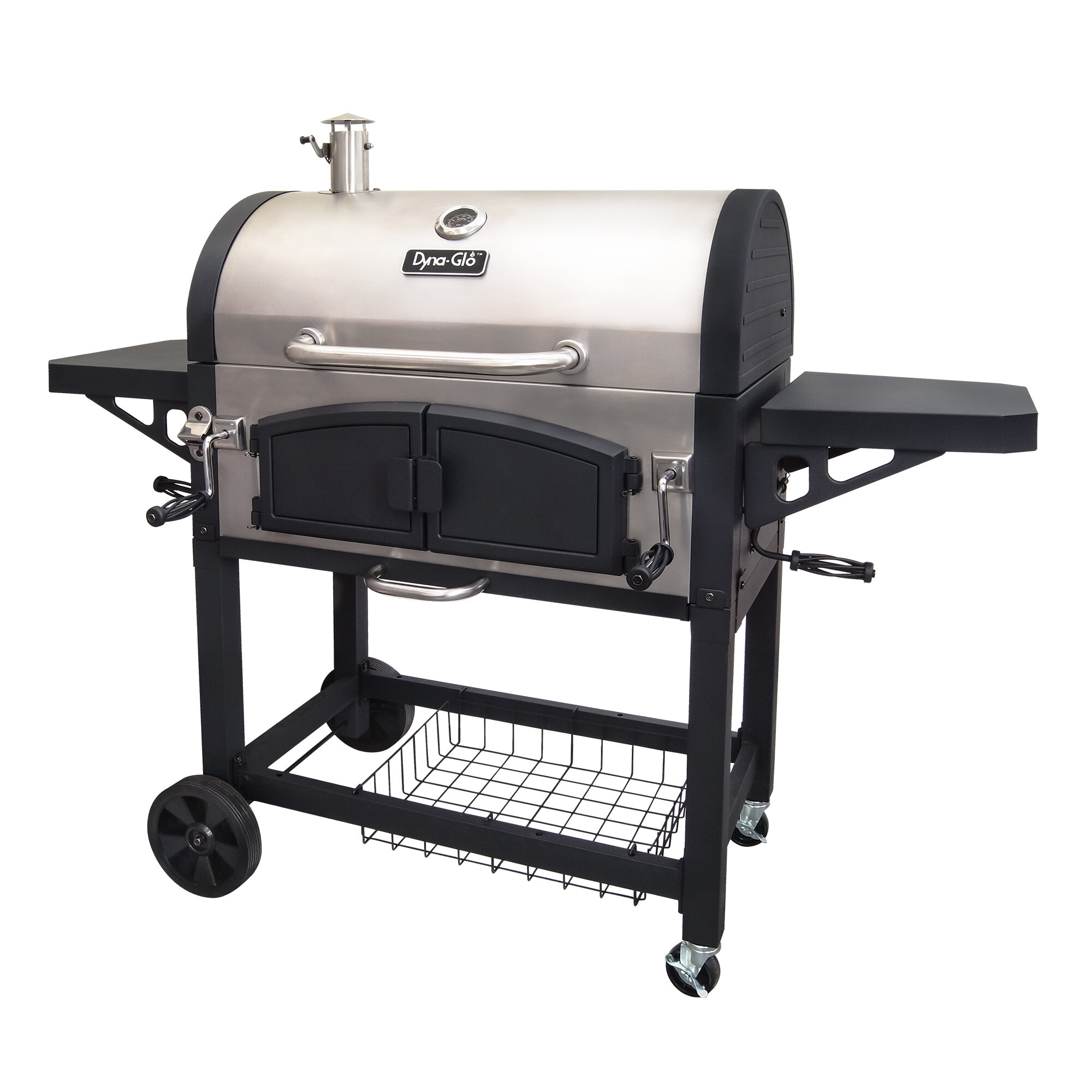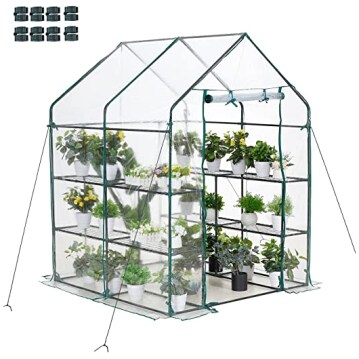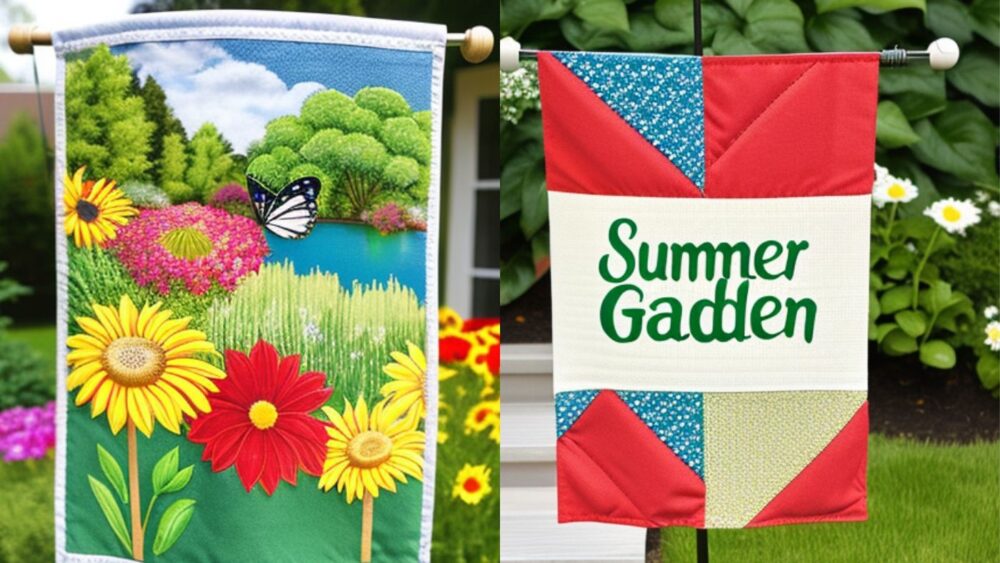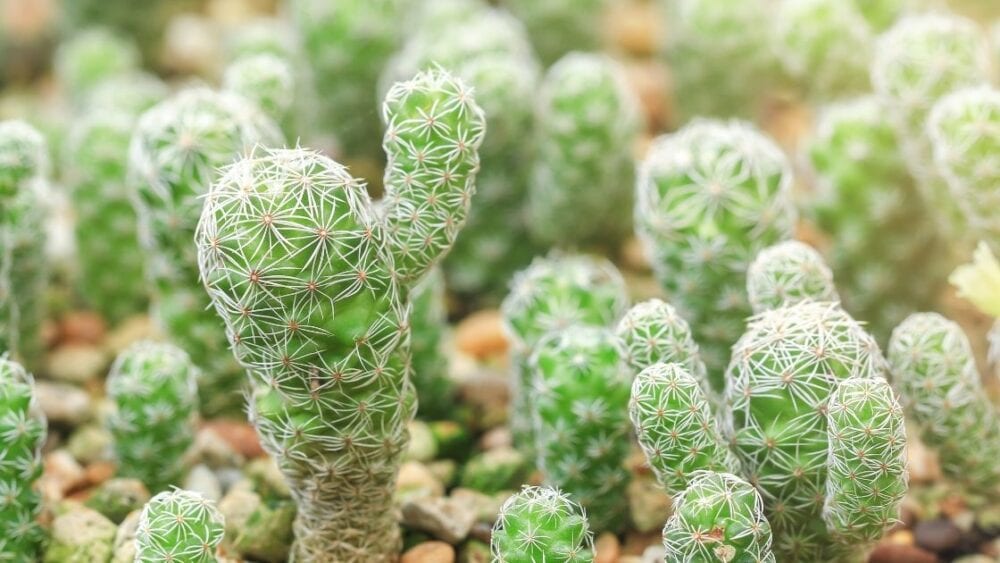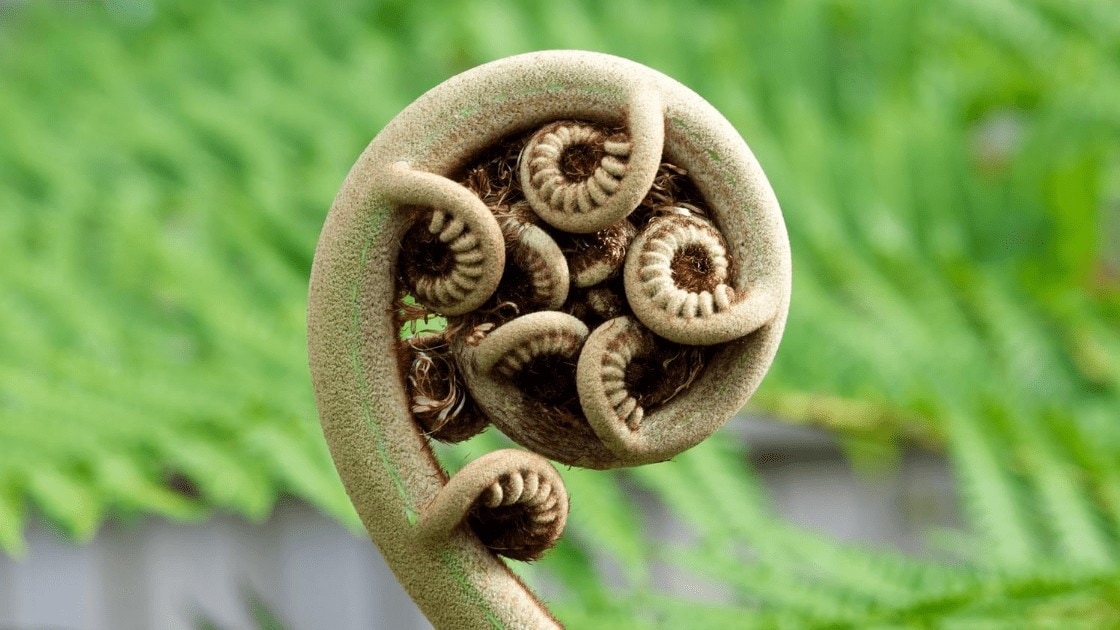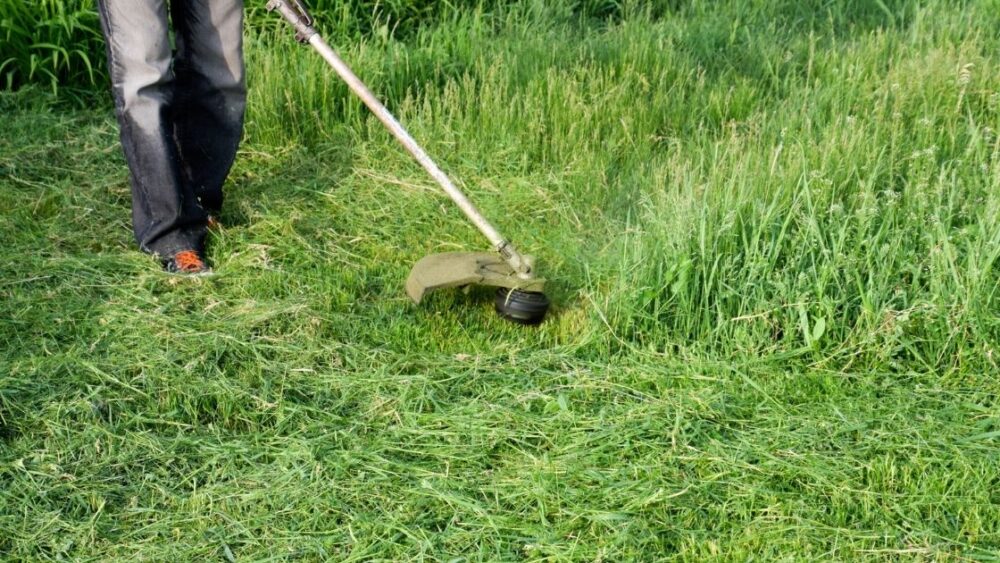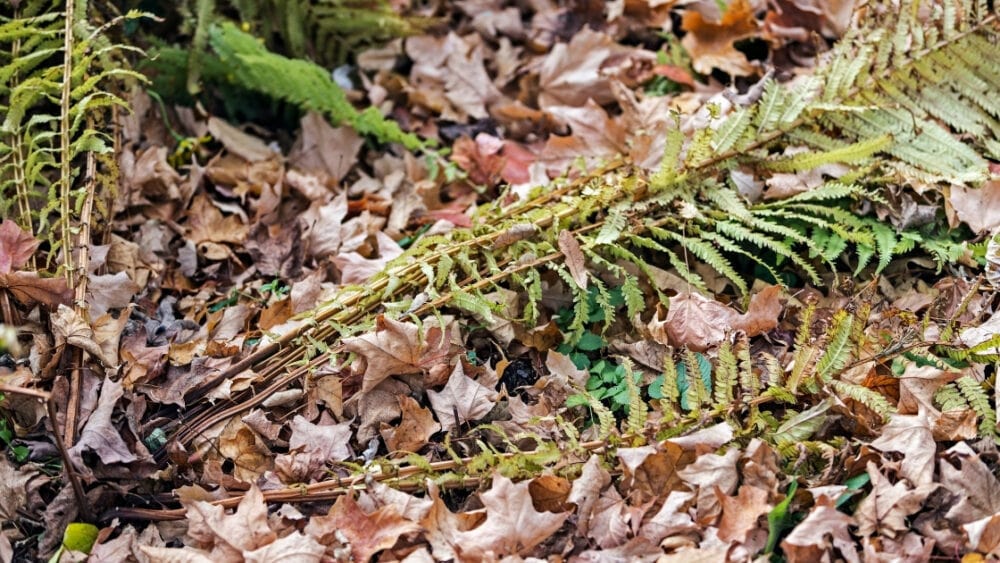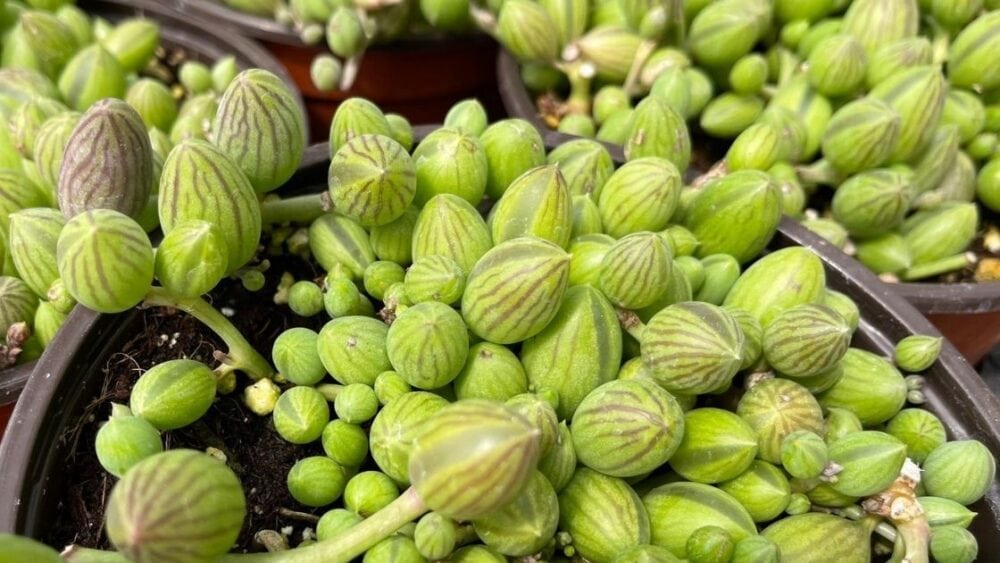
The string of watermelons succulent (Senecio herreanus) is one of the less common and harder to come across ‘string’ succulents. It’s in the same family and genus as the more popular String of Pearls (Senecio rowleyanus). It likes a bit more attention than many other drought-tolerant succulents and should be watered more frequently, without letting the soil get too dry for too long.
In the following paragraphs, we’ll explore the exact growth requirements of this plant in detail and will give you everything you need to know in order to successfully take care for it for many years. Let’s get started!
String of Watermelons – General Description, Origin & Natural Habitat
Just like other string succulents, this one comes from Africa. The more common ‘string of tears‘ is actually the same species, but a different variety – it has similarly shaped leaves, but lacks the stripes which are obviously responsible for the name of the succulent, making its leaves look just like tiny watermelons.
Browse our Affiliate Products
In the wild, this succulent is creeping – because it grows so low to the ground, it is usually provided with some shade by taller plants. The humidity close to the ground is also higher, making this plant less tolerant to drought when compared to many other thick-bodied succulents.
Because of those two factors, the string of watermelons grows best in partial shade with relatively frequent watering and a bit higher humidity. However, it can adapt to harsher conditions relatively quickly and ‘learn’ to tolerate the full sun and lower humidity environments.
What Common Problems Does The String of Watermelons Succulent Have?
This succulent is not prone to problems, but it is more sensitive to drought and direct sunlight than most. Here are a few common problems you are likely to experience if you don’t provide your string of watermelons with its ideal requirements (which we’ll discuss in detail in a minute):
Dehydration
As we already mentioned, this succulent is a lot less tolerant to drought than most. If you forget to water it or go overboard with the heat and sun exposure, it can shrivel, wilt and wrinkle. Because this is a creeping succulent, the first sign of dehydration – wilting, can remain unnoticed.
Gardeners usually notice that the plant is dehydrated only after its leaves start wrinkling. This is still a succulent, so wrinkled, dehydrated leaves are hardly a death sentence, and the plant usually recovers quickly after being supplied with water and/or moved away from the heat of the sun.
Rotting/Fungal Infections
This usually comes from overwatering, planting too deep, using unsuitable soil, watering improperly or misting too much. Because this is a problem caused by a large variety of pathogens (both fungal and bacterial), the symptoms are not always identical.
There can be discoloration or ‘mushiness’ present.
The discoloration caused by overwatering is easy to tell apart from the healthy, reddish color which the plant takes on when given plenty of sun. Typically, problematic discoloration is yellow and is accompanied by mushiness and a general unhealthy look. The affected leaves may not recover, but the plant will generally bounce back when the watering frequency is reduced and more air flow is provided.
Stems which have started rotting from the base will typically die, and its best to identify them and manually cut them. After removing the rotten end of the stem, they can be rooted in water, so don’t throw them out!
Sun Damage
Just like all plants, this succulent requires acclimation before it can deal with the sun. This is true in all cases, where the plant has been growing indoors for a long time and hasn’t experienced the UV-rays of the sun. With sudden exposure, even indirect sunlight can lead to some damage and cause spots to develop.
The acclimation process is relatively quick and requires exposing the plant to the sun for a few minutes every day. You can increase the exposure time to about an hour in about a week, after which the string of watermelons is usually ready to go outdoors full-time.
Light deficiency
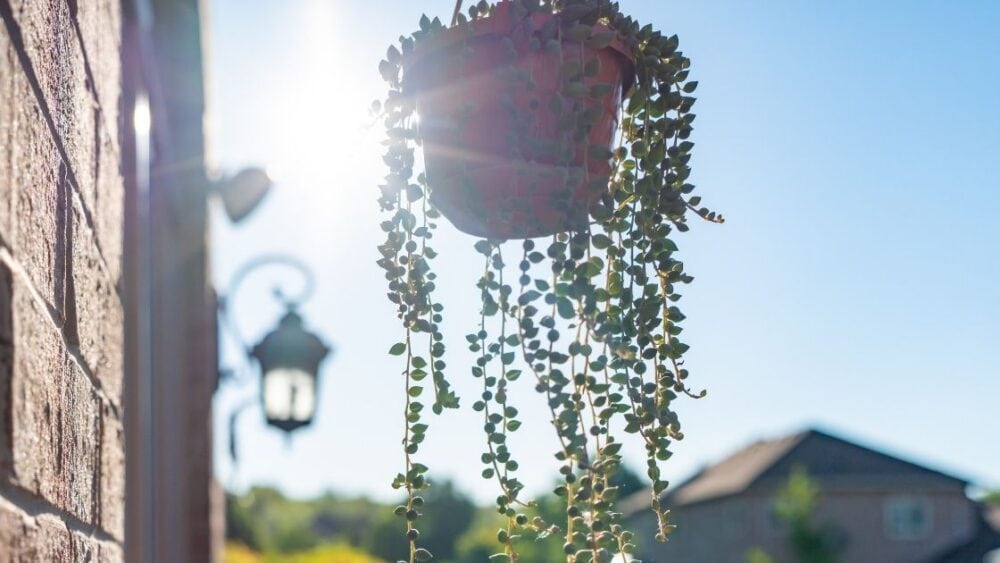
This is a common problem, usually experienced by novice succulent growers who tend to overestimate the light intensity indoors. Unless this plant is placed on a bright windowsill, or given artificial LED lighting, it cannot grow indoors. This includes desks or any locations that are more than 2-3 feet away from a window.
The symptoms of light deficiency may take a long time to show up. The new growth will be poor, pale and the new leaves will be smaller than usual. Moving the plant to a brighter location resolves the problem quickly, but placing it outdoors without gradual acclimation can stress it, as we already explained in the previous section.
Optimal Growing Conditions, Care & Maintenance
The string of watermelons is easy to take care of. However, it doesn’t thrive on neglect as much as other, thicker succulents – you should periodically make sure that its leaves haven’t started shriveling from dehydration. It also grows faster than other succulents – for this faster growth to be sustained, it may require some light fertilization.
How Much Sunlight Does It Need?
Although the string of watermelons can get acclimated to direct sunlight, it grows best in partial shade outdoors. If grown indoors, it does best on a very bright windowsill or under an artificial LED light. Without enough light, there will be very little new growth and the whole plant will become more and more pale, eventually losing its watermelon stripes and becoming like a very pale version of its cousin, the string of tears.
What Temperature Is Best?
This succulent grows well within the ‘normal’ temperature range – from 68F (20C) to as much as 95F (35C). It cannot survive freezing weather, but short exposure to temperatures only one or two degrees below freezing will not kill it.
It grows best with some dip in night time temperatures, which occurs outdoors naturally. In winter, this succulent goes into semi-dormancy and likes much less frequent watering. This dormancy is not completely necessary, but it can encourage flowering as summer arrives and the temperatures pick back up.
What Type Of Soil Is Required?
Using well-draining soil is a must. Make sure that the pot has adequate drainage – a coarse drainage layer on the bottom, comprised of larger rocks is an excellent idea – it will make the plant more resistant to overwatering. Typical cactus soil mixes work well for this succulent, or you can mix your own – make sure to include at least 50% mineral grit to prevent excessive water retention.
How Much Water Does The String Of Watermelons Need?
In the wild, this succulent grows very low to the ground and with its dense structure, creates a natural mulch layer on top of the soil/rock surface. Although the general succulent advice of letting the top layer of the soil dry out between each watering still applies, this drought period shouldn’t be too long.
String of watermelon plants which are growing in an exceptionally well-draining soil may need more frequent watering – up to twice a week, especially in hot outdoor areas. Otherwise, the typical ideal watering frequency will be somewhere around once every 10-15 days.
To find a wide variety of succulents, Check out our affiliates below.
Pot Size & Repotting
This succulent has a shallow root structure – pot size is not hugely important. Repotting is usually done when the succulent stems become too long and start hanging too much. By moving it to a pot with a larger diameter, the hanging length is reduced. Otherwise, repotting is not strictly necessary for this succulent and you can replenish the nutrients in the soil through simple fertilization instead. For more reading on the different types of pots, check out this article. What is the perfect pot for my plants?
String of Watermelon Propagation
For propagation, check out this video below.
Do They Grow Better Indoors or Outdoors and How Hardy Are They?
Most plants tend to grow better outdoors and the string of watermelons is not an exception. However, it doesn’t tolerate frost and may have trouble dealing with prolonged intense sunlight. It’s important to find a suitable spot that gets plenty of indirect sunlight, but not direct sun for more than a few hours. For optimum results, shade cloths can be used. For more information on shade cloth, click here. Shade Cloth vs Blinds: Which Is Better For Patio Plants?
Indoors, this succulent grows well near a window, but its long, hanging structure may eventually become difficult to deal with. Bring the string of watermelons back indoors during the winter, unless you live in a zone where the temperatures drop only a few degrees below freezing (9b).
For more information about other succulent care, check out our articles here. Succulent category.
My String of Watermelons Appears to Be Dying! What Should I Do?
In almost all cases, the cause of the problem is something basic, like lack of sunlight, over or under-watering, heat stress or an unsuitable soil. Make sure that you’re allowing for a drought period of a few days between each drying of the soil surface. Make sure that the plant isn’t simply dehydrated, in which case it will quickly recover when moved away from the sun and watered generously.
If the problem appears to come out of nowhere and has no apparent cause, inspect the plant for pests and apply general solutions, like moving it to a different spot, repotting or changing the watering/fertilizer schedule.
Does This Succulent Deal Well With Unfavorable Growing Conditions and How Can You Compensate For Them?
This is not a terribly resilient succulent and it can die if left without water for too long. It may also have trouble dealing with sudden exposure to intense sunlight. If you want good growth out of your string of watermelons, you should give it optimum conditions – it cannot tolerate too much stress or lack of light very well.
Is The String of Watermelons Edible?
Although its leaves may look appetizing, this succulent is in fact poisonous – it contains pyrrolizidine alkaloids, which are intentionally produced by the plant to prevent herbivores from feasting on it.
This is not a potent poison, and you don’t need to be paranoid about touching the leaves and stems. The toxin contained in the leaves is dangerous mainly to smaller mammals, like cats – only a few of the tiny ‘watermelons’ can lead to severe hepatic toxicity and even liver failure.
Final Thoughts
The string of watermelons is easy enough to care for, but is a bit more pretentious than other, more drought-resistant cacti. It may be considered a succulent for ‘intermediate’ growers, but can be suitable for novice gardeners as well. The main risk factors which may kill the plant are forgetting to water or watering too much. Poorly draining, compacted soil may lead to rotting, which starts from the roots, progresses to the base of the stems and eventually kills the plant.


